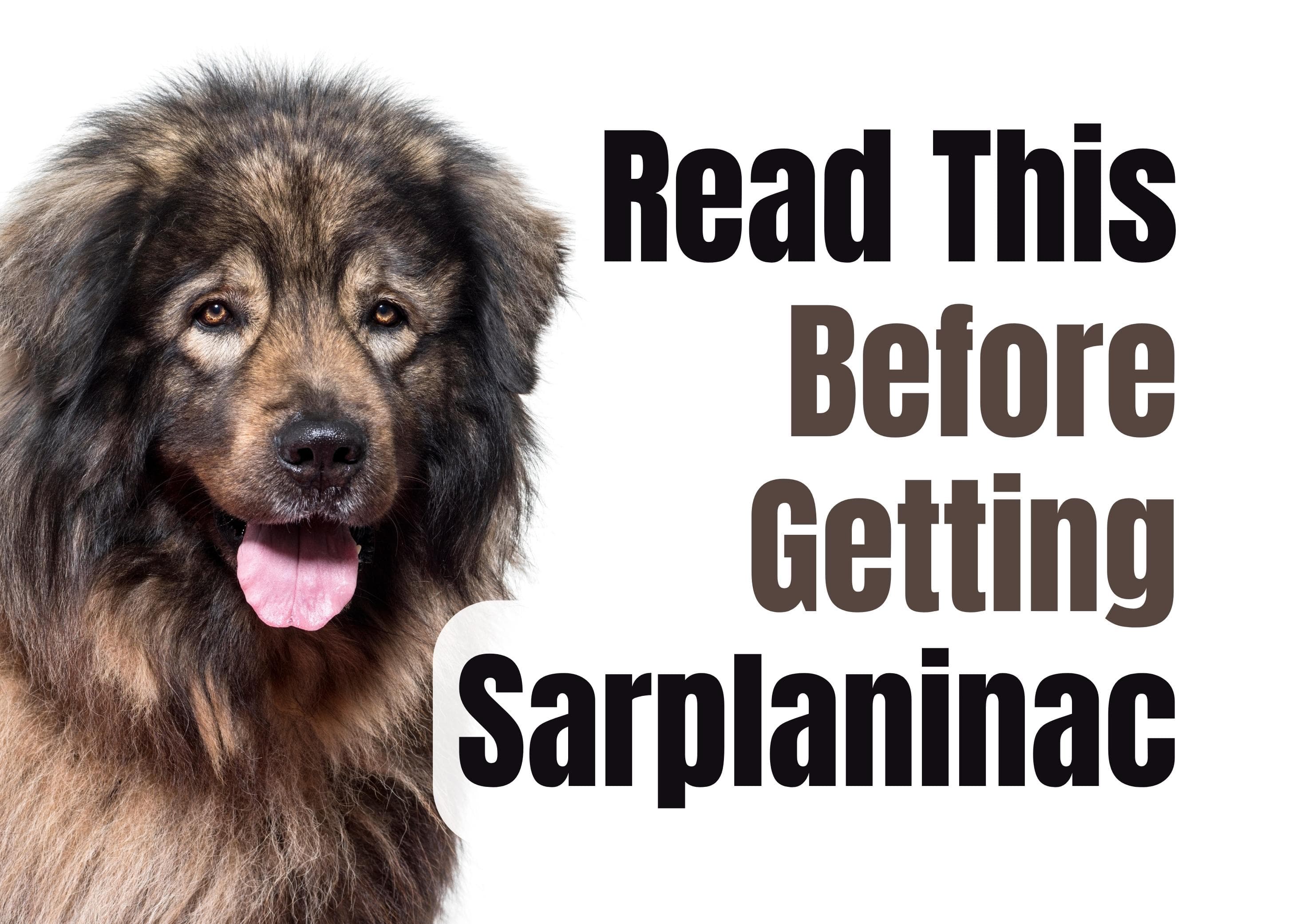Consider These 13 Factors Before Purchasing a Sarplaninac Puppy

The Sarplaninac: What It’s Really Like to Live With One
If you’re thinking of bringing home a Sarplaninac, there’s a lot to love—but also a lot to prepare for. These dogs are majestic, fiercely loyal, and bred to protect with every fiber of their being. But they’re not your typical pet. They’re working dogs through and through, and they need a lifestyle that fits.
We’ve spent years around all kinds of dogs, and the Sarplaninac stands out as one of the most impressive—and also one of the most demanding. Here’s what you should know before making the leap.
Natural Guardians With a Gentle Side
First and foremost, the Sarplaninac is a livestock guardian dog. Built for the rugged Balkan mountains, they were bred to protect flocks from predators like wolves and bears. That protective instinct runs deep, and it doesn’t turn off just because they’re in a suburban backyard.
They’re not aggressive by default, but they are wary of strangers and incredibly loyal to their people. Once they bond with your family, they see it as their job to keep everyone safe—including the kids. They’re calm and affectionate with children they know, but like with any large breed, supervision and early socialization are key.
Independence and Intelligence—With a Side of Stubborn
These dogs are smart. But they’re also independent thinkers, which can make training a challenge. They’re not trying to disrespect you—they just don’t see the point in following commands unless they understand the reason.
Start training and socializing your Sarplaninac from an early age. Keep sessions short and interesting, and always use positive reinforcement. Harsh or forceful methods will only backfire with this breed.
Space and Purpose Are Non-Negotiable
This isn’t a dog for apartment life. Sarplaninacs need space—ideally a large, securely fenced yard or, even better, a farm. They’re happiest when they have a job, whether it's guarding livestock, keeping an eye on the property, or going on long hikes with you.
If they don’t get enough mental and physical stimulation, boredom and frustration can turn into destructive behaviors or anxiety. At minimum, plan for at least 1–2 hours of activity each day.
Big Dog, Big Coat, Low Maintenance
Despite their thick, double coats, Sarplaninacs don’t need constant grooming. A good brushing a couple of times a week usually keeps their coat in check. They shed seasonally—especially in spring—so be ready for some extra fur around the house.
Skip the shaving, even in summer. Their coat helps regulate body temperature and protects their skin. Stick to dog-safe shampoos for occasional baths, and don’t forget the basics: regular nail trims, ear checks, and dental care.
Health and Diet Basics
Sarplaninacs are generally healthy and can live 11–13 years—a good lifespan for a large breed. That said, they’re prone to hip dysplasia and joint issues, especially if they’re overfed or under-exercised. Keep them lean and feed a high-quality diet made for large breeds. Your vet can help you tailor their nutrition, especially if you’re considering homemade or raw food.
Not for First-Time Dog Owners
We’ll be honest—this breed isn’t for everyone. They’re not cuddly lap dogs, and they won’t thrive in a home that doesn’t understand working breeds. But for experienced dog owners with the time, space, and dedication to meet their needs, Sarplaninacs are incredible companions.
They’ll watch over your home and family with quiet confidence, and they’ll give you their loyalty for life. Just be ready to return the favor with structure, patience, and a lifestyle that lets them thrive.
So—are you the right match for a Sarplaninac? If you’re up for the challenge, you’ll gain a devoted, noble friend who takes their job seriously and their family to heart.
